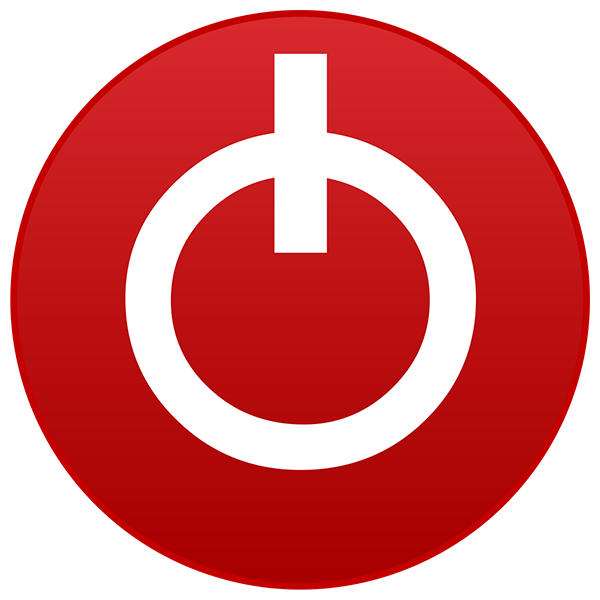Code:
DATE TIME MULTI C0% CKMOD BAT_mW TEMP NVIDIA GPU VID POWER
2025-02-23 17:09:03 50.26 8.5 100.0 0 66 1455 43 1.2991 53.5
2025-02-23 17:09:04 51.65 26.2 100.0 0 69 1455 43 1.2472 75.0
2025-02-23 17:09:05 49.92 49.5 100.0 0 85 1455 43 1.1603 99.6 PL2
2025-02-23 17:09:06 47.12 91.6 100.0 0 87 1455 43 1.1147 184.3 PL2
2025-02-23 17:09:07 37.00 100.0 100.0 0 90 1455 43 1.1165 190.0 PL2
2025-02-23 17:09:08 37.00 100.0 100.0 0 90 1455 44 1.1189 189.8 PL2
2025-02-23 17:09:09 37.00 100.0 100.0 0 91 1455 44 1.1152 189.8 PL2
2025-02-23 17:09:10 37.00 100.0 100.0 0 91 1455 44 1.1118 189.9 PL2
Here is a good example. When you go up to full load (C0% = 100.0), the CPU immediately starts PL2 power limit throttling right at 190 Watts. That makes sense. Your CPU is being forced to slow down so it does not exceed the 190 Watt PL2 power limit that has been set. If this test runs long enough, at some point the CPU will be forced to slow down further so it does not exceed the 140 Watt long term PL1 power limit.
Your CPU is only using the 37 multiplier and is already reporting 190 Watts of power consumption. I am running a very similar 14900HX and I am trying to maintain the full 52 multiplier during Cinebench testing. If the 37 multiplier requires 190 Watts then it is easy to see that the 52 multiplier is going to need close to 260 Watts.
How did you achieve 260W on the mobile CPU since the power brick is 330W and there is a voltage regulator which gives an alarm above 190W for PL2?
Some things are like magic. There are tricks that can be used to push ones hardware to the edge of self destruction.
The power consumption number that Intel CPUs generate is only an estimation. It can also be manipulated by changing the AC / DC loadline values. Its sole purpose is to manage the turbo boost function. No one knows how accurately this calculated number represents actual power consumption. I would not try to compare this CPU generated power consumption number to the power rating of a power brick. The Intel number may not be the same as measured power consumption.
Are you using the V/F Point feature yet? V/F Point 1 should be set to 150 for both the core and the cache. This has allowed some people with HX processors to reliably undervolt the P cache much further. With a 14900HX, I have both the CPU Core and P Cache set to the same -150 mV. I am not undervolting the E cache at all. I am not sure how much you can gain by undervolting the E cache. If you go too far it might cause instability without reducing power consumption or heat any significant amount. The Core and the P Cache are the two most important voltages to adjust.
255.75 was the maximum IccMax value for the older 10th Gen processors. The max for 12th Gen and newer processors is 511.75. I set the Core, P Cache, Intel GPU and iGPU Unslice all to the new max, 511.75. This scares some people. Setting this limit sky high can help reduce some EDP throttling. It may not be a safe thing to do. I also set Power Limit 4 to the max, 1023. Doing stuff like this is good for full load Cinebench testing but is probably not necessary for day to day use.
I'll check it but I thought the problem with 13th and 14th CPU's was related to the desktop once.
13th and 14th Gen desktop and mobile CPUs are exactly the same. The mobile parts are less likely to have issues because the default power limits are set lower and cooling for the mobile parts is not nearly enough to push these CPUs to the max. A desktop setup with a triple fan 360mm AIO allows one to push these CPUs much further to even higher power values for extended periods of time.
Intel has not said too much about the mobile parts but there are already reports of some HX processors crashing during certain games just like the 13th and 14th Gen desktop parts do. In theory, if your CPU is not already damaged, using the updated 0x12B or 0x12C microcode should help reduce the possibility of any long term degradation and instability.
No worries. You are using ThrottleStop to fully control your CPU and run it at a very leisurely pace compared to what some people are doing with their laptops. Instead of disabling turbo boost, you could setup a profile in ThrottleStop for gaming that uses reduced turbo power limits. This is another way to keep temperatures down to a manageable level without sacrificing too much performance. Setting PL1 and PL2 to somewhere around 100 Watts might be good enough for many games.









